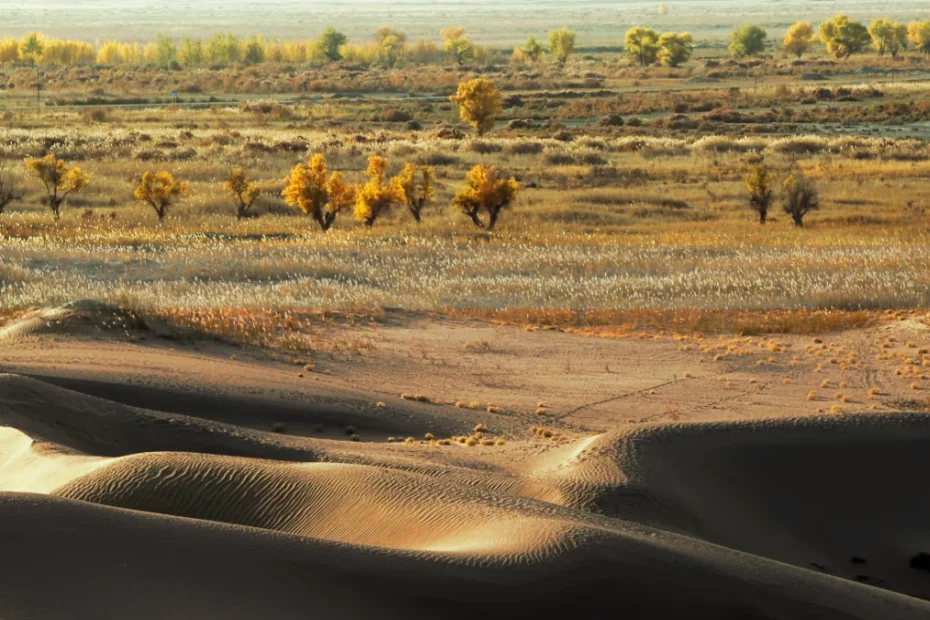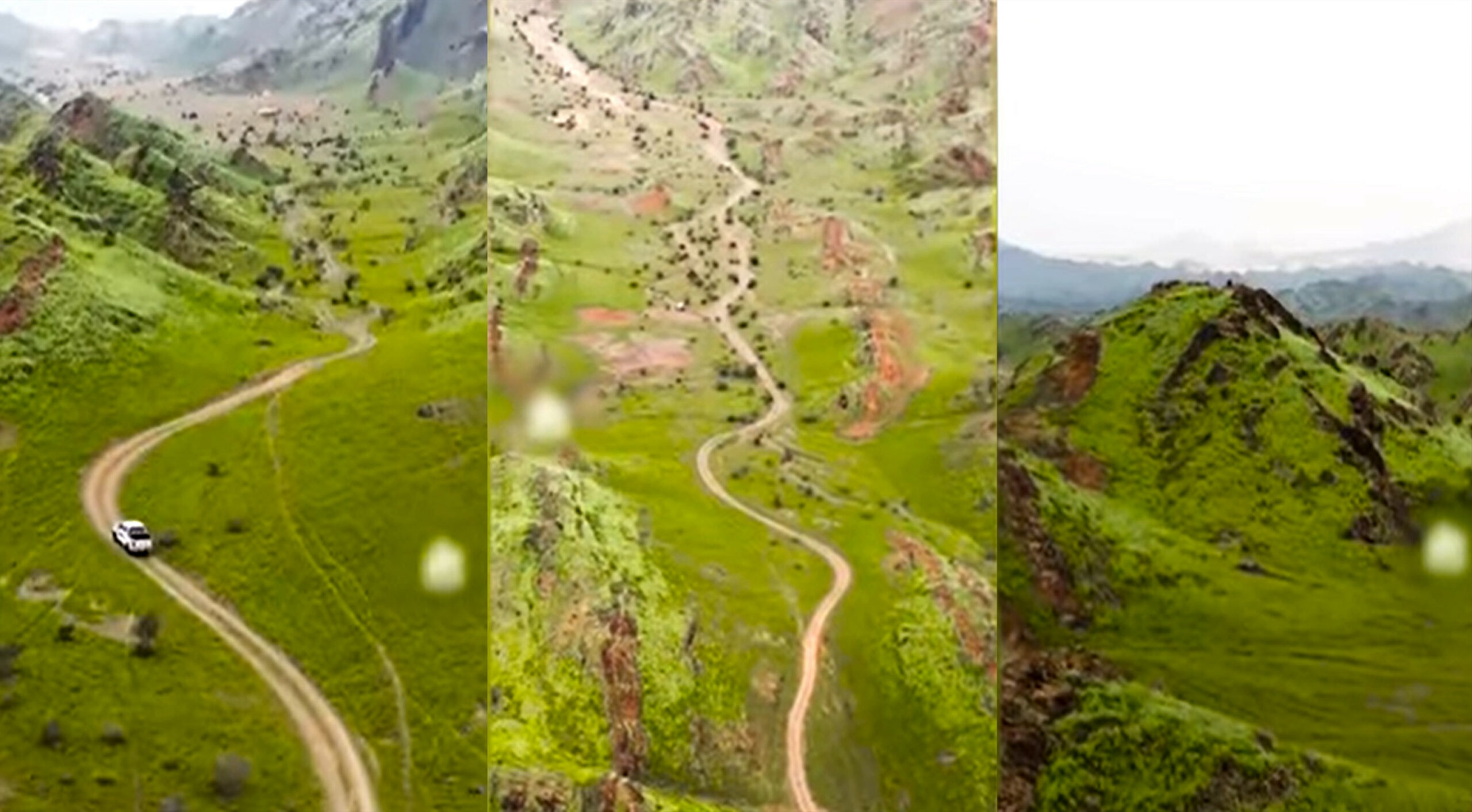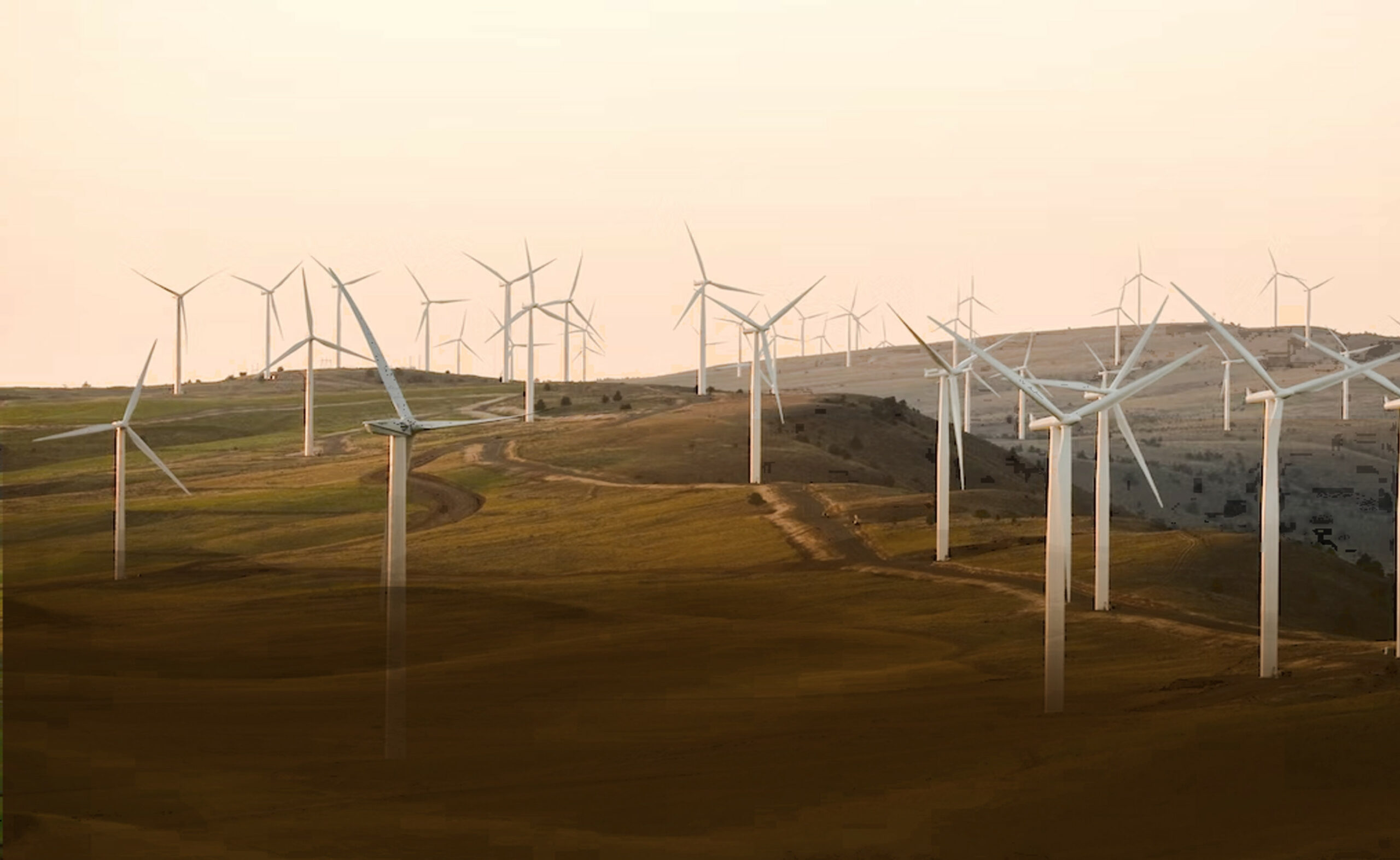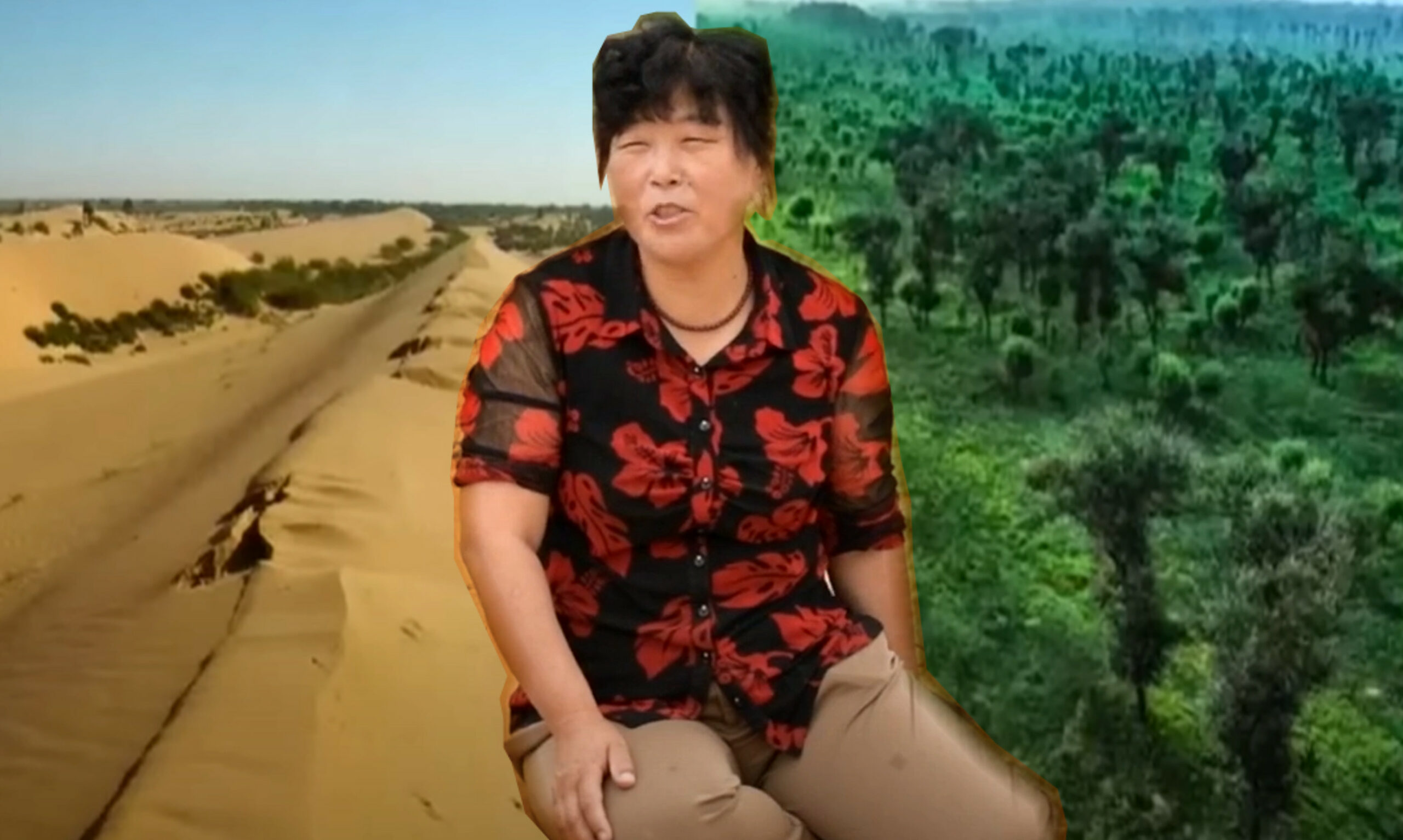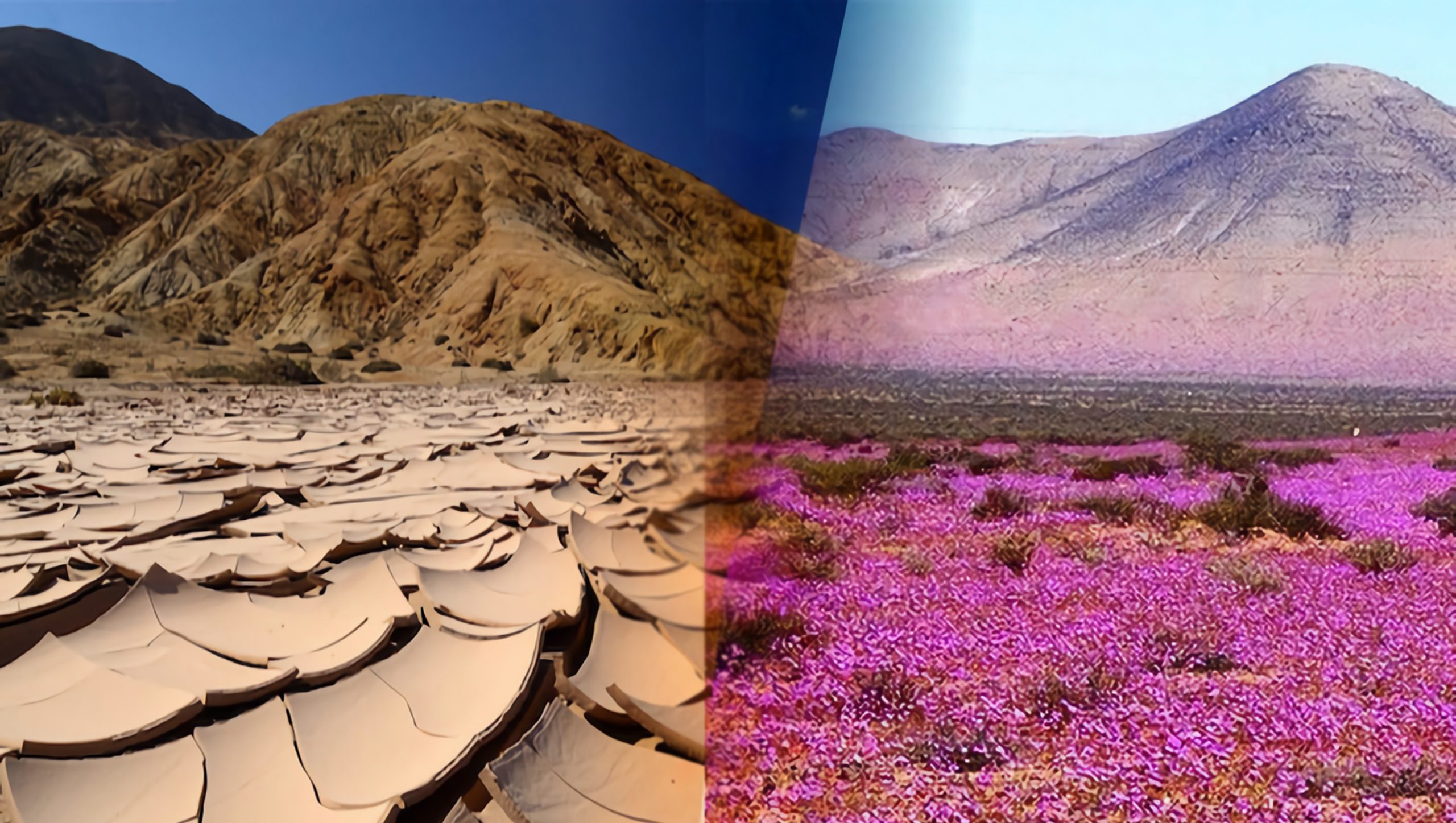China Completes Massive Green Belt Around Taklamakan Desert
China has achieved a significant milestone by surrounding the Taklamakan Desert, the largest desert in the country and the second-largest shifting desert globally with a 1,900-mile (3,050-kilometer) green belt composed of vegetation and solar-powered sand barrier technologies.
